Partnering to Protect Clean Water
Our FOG program is key to preventing sanitary sewer overflows, sewage backups and sewage spills.
Our FOG program is key to preventing sanitary sewer overflows, sewage backups and sewage spills.
This program begin in May 2007, and WSSC Water was required to make sure individual food service establishments (FSEs) were permited by December 2010. WSSC Water was also required to initially inspect every facility by May 2012. “Every” facility means any and all FSEs that have appeared on either County’s Health Department license list since May 2007, regardless of whether they claim prepare or serve FOG containing food/drink or not; the WSSC Water is the final determinant of whether FOG are present. Thus far, the total number of FSEs with FOG present is 9107, and WSSC Water has inspected them all. An updated health department list for each County is generated for WSSC Water by July of each year, and a new round of initial inspections begins soon thereafter.
WSSC Water must comply with a Federal Consent Decree to reduce and eliminate sanitary sewer overflows (SSOs), and create a more aggressive and formalized FOG Control Program. The FOG program works to prevent SSOs, sewage spills, and back-ups, because an estimated that 40-60% of all preventable SSO’s nationwide are FOG-related. The percentage for WSSC Water was below 30% in 2011.
Additional benefits from a formal FOG Program include prevention of FOG-related interferences and partial to full blockages in the sewer collection system, its pumping stations and the water resource recovery faciities.
[Image]
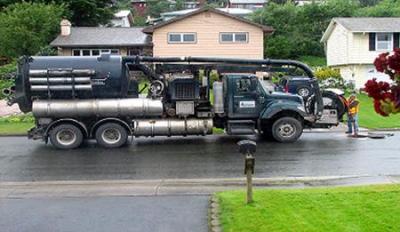
Costly excessive pipe maintenance | [Image]
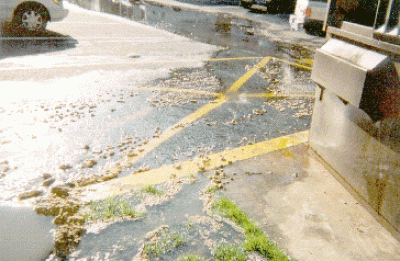
Sanitary Sewer Overflows (SSO’s) |
[Image]
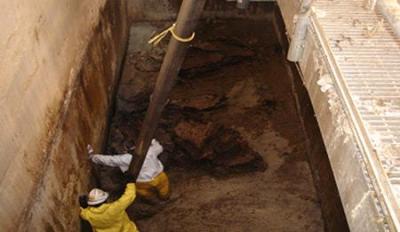
Costly and dangerous sewage pumping station grease build-up | [Image]
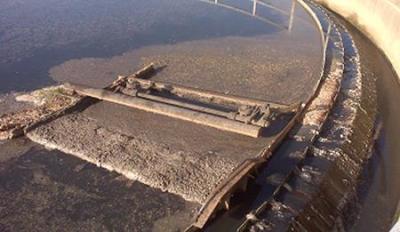
Excessive FOG build-up and treatment capacity at the wastewater plants |
By Federal, State and WSSC Water definition, the type of business known as a “Food Service Establishment” or FSE, may be required by Code to have grease abatement systems of various varieties if FOG is determined to exist there.
Our FOG Discharge permit is your permission to utilize our sewer system for properly treated and/or removed FOG-bearing wastewater from your cooking or food preparation/handling/serving area(s). Permits are mandated by WSSC Water Code and a Federal Consent Decree, for which your facility is covered. The annual discharge fee in 2012, assessed per qualifying FSE, is $350.
There are also “Best Management Practices” or BMP Permits. These are issued to the 40 or so FSEs that, in the opinion of WSSC, have only a potential to discharge a measurable quantity of FOG on a daily basis. These FSEs do not require a grease abatement system but are required to follow a specific set of BMPs. Other key points include: The potential to discharge FOG-containing wastewater of a measurable quantity is reviewed not only from the food production standpoint, but also the cleaning methods and wastewaters produced from the serving hardware associated with the food. Thus, FSEs do not need to cook the food at a site in order to produce FOG-containing wastewater.
To discover more details about FOG issues for FSEs, read the WSSC Water Code. The most applicable portions include:
By mid-2012, there were about 4,600 FSEs that possessed FOG permits in the two counties covered by WSSC Water.
When one experiences non-compliance issues, we have several workable solutions within our Enforcement Response Plan.
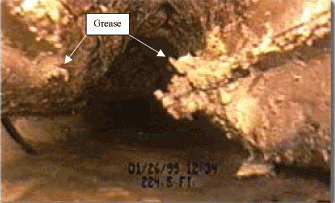
Sanitary sewers are designed and installed with sufficient diameter to carry the normal waste discharges from a residence or business. However, when fats, oils, and grease (FOG) are discharged to the sewer untreated, they cool and accumulate on the sidewalls of the sewer pipes, which creates a layer of build-up that diminished the pipe's diameter.
As this build-up accumulates, it restricts the flow and causes blockages in the sewer, back-ups on private property, and/or overflowing manholes. Sewer overflows can discharge to storm drains and creeks that ultimately flow to the Chesapeake Bay.
Install and Maintain Grease Interceptors, Traps, or Grease Recovery Devices (Grease Treatment Units).
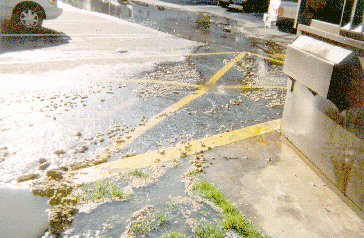
Properly installed and maintained grease interceptors, traps or grease recovery devices are the most important factors in preventing FOG discharges. There are several types of approved devices that can be installed by master plumbers licensed with WSSC Water. Ensure that all kitchen fixtures that may contain FOG are connected to the grease treatment unit. This includes wash sinks, prep sinks, dishwashers, spray sinks, and mop sinks. (Food waste grinders should not be connected to the grease treatment unit.)
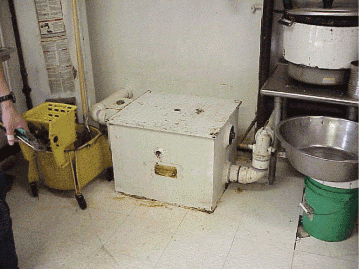
Manual grease traps should be cleaned on a daily basis.
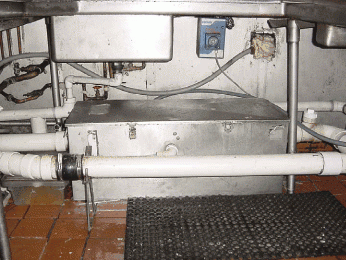
Automatic grease recovery devices have mechanical components, timers, and sensors that should be maintained at intervals recommended by the manufacturer.
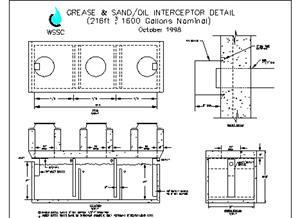
Non-renderable grease contaminated with food and water may be placed in a trash dumpster in a sealed container or stored on site in a plastic barrel (labeled non-renderable grease) for removal by a grease disposal contractor.
Outside grease Interceptors should be pumped dry and cleaned on a monthly basis.
Waste Fryer Grease Disposal
Waste fryer grease is a reusable commodity and should be disposed of in a covered metal rendering drum or "grease only dumpster." Maintain a log of fryer grease disposal by employees and the grease rendering company.
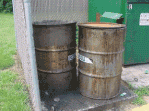
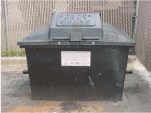
Everyone Benefits
Working together, we can reduce the accumulation of grease in the sanitary sewer and associated blockages. Restaurant owners will benefit by reducing the chance of sewer backups affecting their business operations. Homeowners will benefit by avoiding the unpleasant effects of backups, which cause a great deal of inconvenience and unsanitary conditions in their homes. And WSSC Water will realize reduced maintenance cost which ultimately benefits homeowners and restaurant owners as ratepayers.
Most importantly, we will all be working together to help prevent pollution in the Chesapeake Bay and its tributaries.
Grease Treatment is Required by WSSC Water Regulations
Grease treatment is not only a good idea, it is required by WSSC Water regulations. All plumbing fixtures that may contain grease must be connected to a grease treatment unit that is maintained at regular intervals.
If you do not install and maintain grease treatment your business may be subjected to fines of up $1,000. If WSSC Water determines that grease discharges from your business are the cause of sewer blockages, you may also be billed for the property damage and restoration costs in affected homes or businesses.
For more information on WSSC Water's FOG Program or to obtain a wastewater discharge permit application, check out the FOG main page.